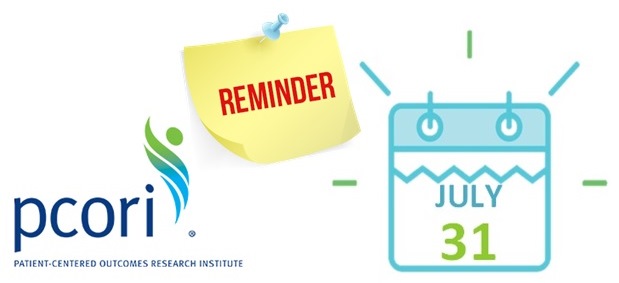Certified Patient Protection and Affordable Care Act Professional.
Compliance and legislative review educating clients about changes and updates in health care, insurance, and health care reform.
Graduated Magna Cum Laude from Hastings College with a Bachelor of Arts degree in Human Services Administration and Psychology.
Masters of Science degree from the University of North Texas in Studies in Aging with a minor in counseling, named Outstanding Student.
Published several articles in Gerontological journals regarding research and work in the field of aging and Alzheimer’s disease.
The coronavirus pandemic has interrupted many businesses across the country. Employers are beginning to look to the future of employees returning for work. The return to normalcy will not be like flipping a switch, but rather a gradual effort. In preparation for reopening your business and asking employees to come back to work, it is important that your company thoughtfully creates a return to work plan for employees to keep everyone healthy and safe.
Coronavirus is a lower respiratory infection that is spread person to person from respiratory droplets due to cough or sneezing or by touching a surface that has been infected and then touching your own face. Sanitizers, washing hands and cleaning surfaces will kill this virus. If you think you have the virus, please consider the…
The Internal Revenue Service (IRS) has issued Notice 2019-45 which expands the list of “preventive care benefits” permitted to be provided by a high deductible health plan (HDHP) when determining if an individual is eligible to make tax-exempt contributions to a health savings account (HSA). In most cases, a qualified HDHP may not pay benefits until…
Most employers have annual open enrollments for benefits during the months of October through January. Open enrollment is that one time per year that employees can make changes to their benefit elections. Open enrollments need to be planned carefully, with consideration given to the employee population and the best way to communicate the depth and breadth of your benefits program.
Employers should not overlook the Affordable Care Act’s (ACA’s) annual inflation-adjusted shift in cost-sharing limits for group health plan coverage, as they could face steep penalties for failing to provide affordable coverage under the ACA’s shared-responsibility provisions.
The IRS announced in Revenue Procedure 2018-34 the 2019 shared-responsibility affordability percentage. Based on the ACA’s affordability standard as adjusted for inflation, health coverage will satisfy the requirement to be affordable if the lowest-cost self-only coverage option available to employees does not exceed 9.86 percent of an employee’s household income, up from 9.56 percent in 2018. This information will help you as you plan for 2018-2019 renewals.
The Affordable Care Act imposes a fee on issuers of health insurance policies and plan sponsors of applicable self-insured health plans including stand-alone Health Reimbursement Arrangements or HRAs, to help fund the Patient-Centered Outcomes Research Institute. Employers who sponsored self-funded medical plans or HRAs ending sometime in 2017 must report and pay the Affordable Care Act PCORI fees no later than July 31, 2018. The PCORI fee is based on the average number of lives covered under the policy or plan.
The Affordable Care Act has many moving parts, and not to be overlooked is the annual inflation-adjusted shift in what constitutes “affordable” health care coverage.






